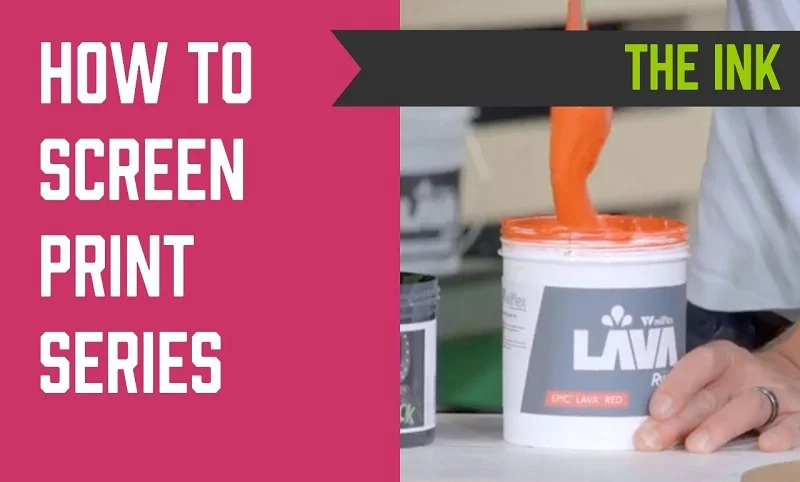
As screen printing is among the most utilized forms of printing in the industry, many consumers get the question about Ink used. There are three basic types of inks used in the process that are discharge ink, water-based ink, and plastisol ink. The selection of ink can depend upon the material that needs to be printed.
What Ink Do You Use For Screen Printing?
Due to the advancements in screen printing techniques and the benefits the form provides, a number of businesses are now using the printing format to elevate the visuals of their products. This process is highly effective for elevating the appeal of products such as garments, packaging, and plastics due to its wide applications. Many consumers ask Types of Ink used in screen printing? And the simple answer to their question is that the selection of ink solely depends on the material selected for printing. There are three basic varieties of ink that are used in the process, and every one of them has distinct qualities and features.
Plastisol Ink For Screen Printing
Plastisol is one of the most used pigments in screen printing as it is highly durable and can help to print the garments. This ink is flexible, durable, and versatile and can also be used for a number of products other than garments. The specialties of this pigment are.
Water-Based Pigment Ink For Screen Printing
Another type of ink that is used in the screen printing process is a water-based one. As the name suggests, this pigment is used with water as a basic medium for shifting that evaporates once the dye is on the printed surface. This ink provides a number of benefits due to its low viscosity that helps to acquire thin layer printing
Discharge Ink
Last but not least, another type of ink that has gained popularity in recent years is the discharge ink. This ink comes in both water-based format and plastisol-based format. It is usually used for garments as it can help to print both dark and light shades and is also permanent in nature.
There are different types of screen-printing inks. Most commonly three types are used which are easily available in the market. These are discharge ink, water based and most importantly plastisol ink.